
Sony E PZ 16-50mm f/3.5-5.6 OSS, E-Mount
Sony E, APS-C / DX

The standard zoom lens from Sony comes off very badly with some users. But not all of them. So I'll test it out and try to categorise it.
Judging by the user reviews, the Sony E PZ 16-50mm OSS lens is something very special. User adrianmari writes: "Read on the net before I bought it that it wasn't supposed to be good. But I'm still surprised at how bad it is."
The fact that someone buys a product even though they've only heard bad things about it and is still disappointed is remarkable. So remarkable, in fact, that the review is part of our new Community campaign.
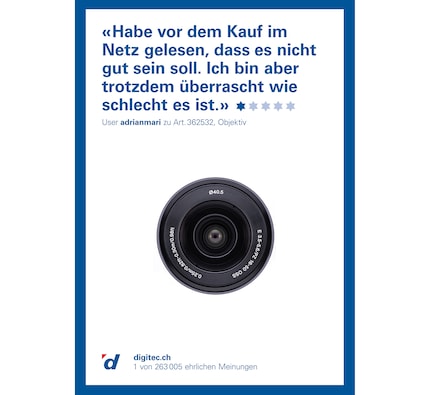
Other users also have bad things to say about this product: "Hands off - cheap plastic junk", "poor image quality", "unusable". But there are also positive reviews: "Price-performance unbeatable", "Small, lightweight travel lens with good image quality and OSS".
Like adrianmari, I am interested in other people's opinions, but in the end I still want to form my own opinion. So let me take a closer look at this lens. Is it really so miserable?
So now I have the supposedly heavenly lens in front of me in all its wretchedness. But before I say a single word about it, I must first set the record straight. Because what we have here is an extremely small, lightweight and fairly inexpensive lens.
For comparison: the 16-50 mm lens tested here is only 3 cm long when retracted and weighs 116 grams. The other kit lens from Sony (16-70mm) measures 6.6 cm and weighs 308 grams. The 16-50 is also significantly less expensive than the 16-70.
Sony's camera bodies are compact compared to SLRs. However, you only benefit from this if you also use a compact lens. The Sony Alpha 6300, on which I tested the lens, fits in my jacket pocket together with the lens. This makes it almost as easy to take with you as a compact camera.
This is probably the reason why the user bought the lens despite reading negative reviews. Is that right, adrianmari?
In any case, I took many photos with this camera-lens combination in the short test period, simply "hurtigschwing" (quote from colleague Kevin Hofer, a convinced Bieler) in passing, which I would certainly not have taken with a larger device. This is important, but is hardly ever mentioned in tests because it cannot be measured.


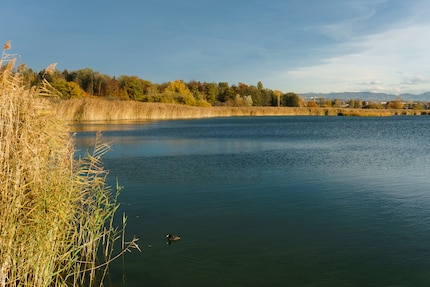

The lens is much darker at the edges than in the centre, the Internet complains. This weakness is visible in many lenses, the technical term for this is vignetting. With zoom lenses, the problem mainly occurs at wide angle.
With the E PZ 16-50mm, vignetting is actually very pronounced at wide angle.
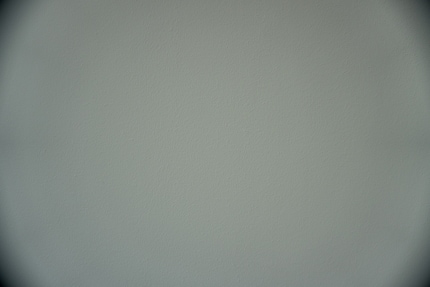
Even the much more expensive 16-70 is not free from vignetting. But the effect is significantly weaker.
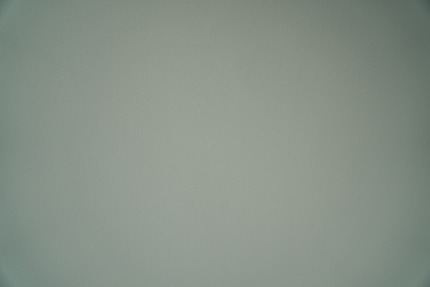
If you take photos in RAW format, you can correct this defect fully automatically in Photoshop Lightroom. This is because Lightroom has a lens profile that tells the software exactly which pixels need to be brightened and how much at which focal length. In JPEG format, this is done by the camera, but it leaves a little residual darkening.
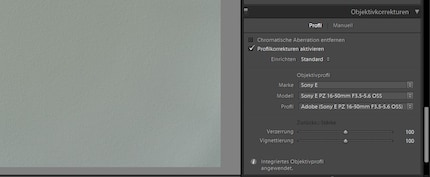
Distortion is an imaging error in which the centre of the image appears blown out or compressed in relation to the edges. This is easy to see when straight lines run through the edges. This is because they appear crooked. Distortion is very similar to vignetting. The lens profile in Lightroom also corrects these errors fully automatically for the RAW format, while the camera itself takes care of the JPEGs. And even in the live viewfinder image, the aberrations are already eliminated. In other words: the distortion exists, but you won't notice it in everyday life. All the more so as distortion correction cannot be deactivated in the camera menu for this lens.
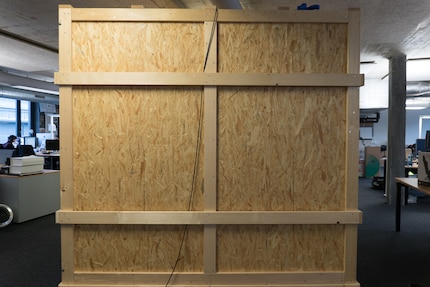
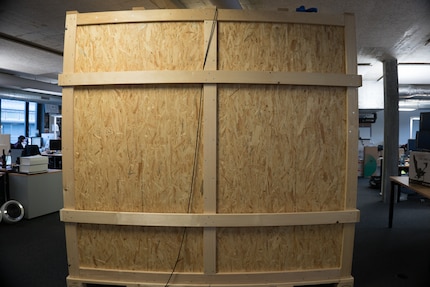
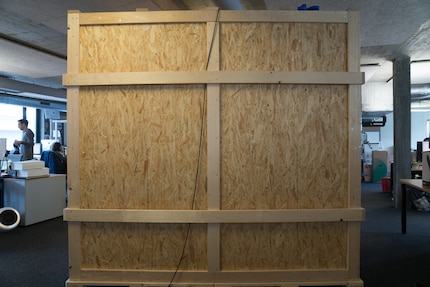
The comparison shows: Yes, if the distortion is visible, then it is blatant. But in the everyday life of an average amateur photographer, it simply doesn't matter.
To assess the sharpness, I printed out a test chart on A3 and photographed it using the grid lines so that it takes up a ninth of the image area: Once in the centre of the image and once at the edge. This is because almost all lenses are sharp in the centre of the image; it is only at the edge that the wheat is separated from the chaff.
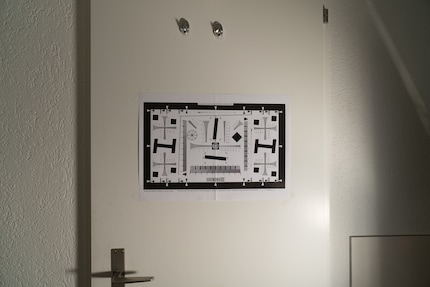
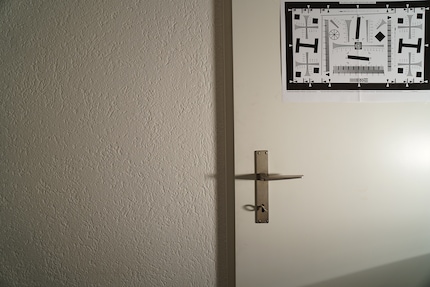
Here is an enlargement of the resolution at the edge of the image. The lines can still be clearly distinguished in the area of "5" in most places. They converge somewhere between 5 and 6.
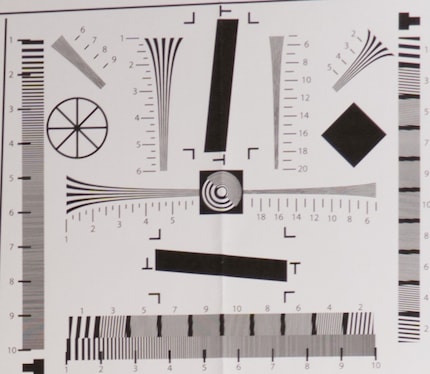
For comparison, the same shot with the 16-70mm lens: Overall, it's not really any better now.
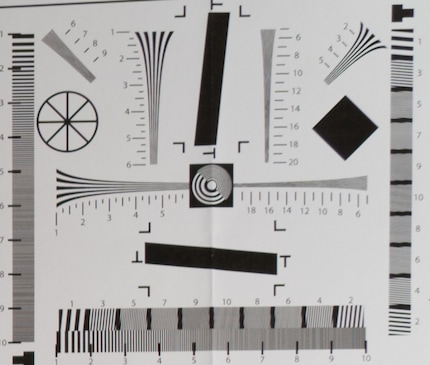
Both images were taken at 100 ISO, f/4 and 1/80 second and 16 mm focal length. For comparison, here is the same for the resolution in the centre of the image.
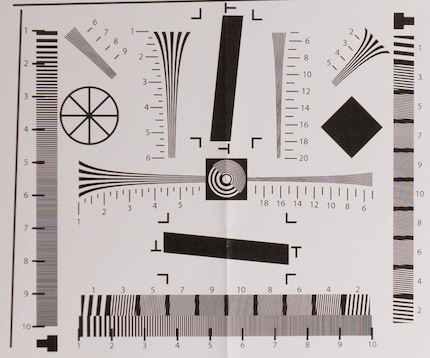
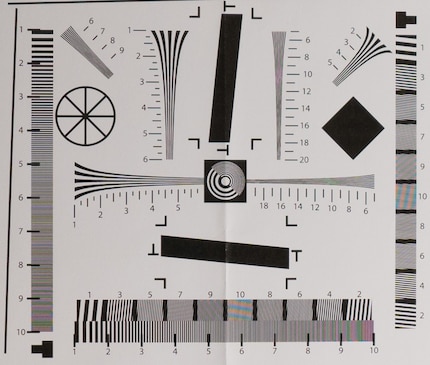
Both lenses are significantly sharper than at the edge. However, the differences between the lenses are hardly visible here either. The 16-70mm is slightly ahead.
I have often tested things where almost everything was good, but then a decisive weakness made the product unusable. Here it's exactly the opposite. This lens has considerable weaknesses, but I still consider it to be suitable for practical use.
In concrete terms, the distortion is bad, but this is irrelevant in everyday use because it is corrected throughout. The vignetting is also blatant, but it can also be corrected without any problems. And the edge sharpness at wide angle is lousy - but this is no better with other kit lenses. And above all, this is usually unimportant in everyday life because the focus is very rarely in the corner of the picture.
My interest in IT and writing landed me in tech journalism early on (2000). I want to know how we can use technology without being used. Outside of the office, I’m a keen musician who makes up for lacking talent with excessive enthusiasm.